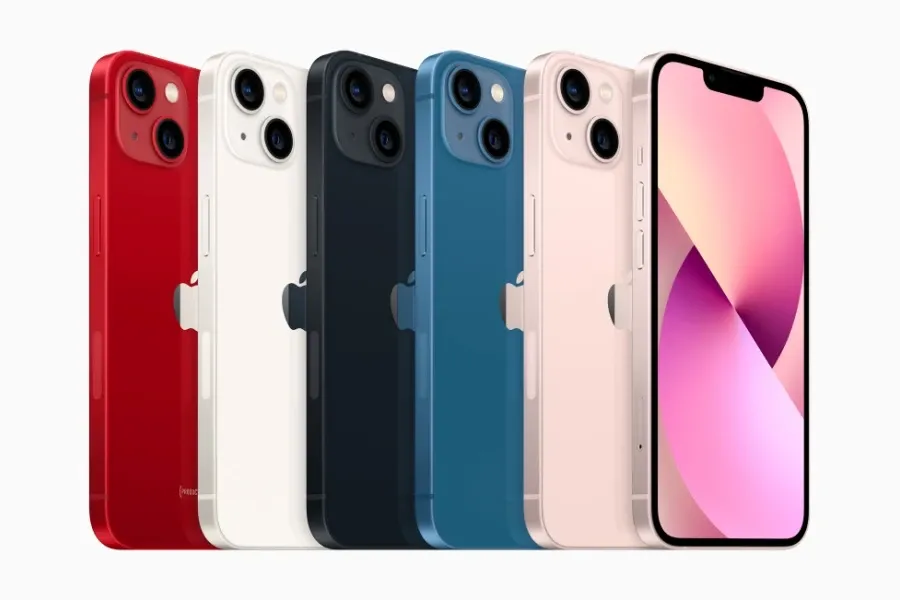Smartphone Market Grew 7.8 Percent in 1Q24
According to preliminary data from IDC, global smartphone shipments increased 7.8% year over year to 289.4 million units in the first quarter of 2024.

The global premium ($400 and above wholesale average sale price) smartphone market sales volume declined 8% during the first quarter of 2022, according to Counterpoint Research. However, the segment still performed better than the overall smartphone market, which declined by 10%. This is the eighth consecutive quarter in which the premium market has outperformed overall smartphone market growth.
Apple continued to lead the premium market, exceeding 60% share for the second consecutive quarter. This was driven by the iPhone 13 series. The iPhone 13 has been the best-selling model globally each month since October 2021. This was also the highest first-quarter share for Apple in the premium segment since 1Q17.
Samsung’s share declined in the segment. This was mainly because of a delayed launch of the Galaxy S22 series as compared to the S21 series launch in 2021. However, the S22 series is performing well overall. The Galaxy S22 Ultra has been a hit combining the best of the S series and the Note series. It was the best-selling android smartphone in the premium segment in 1Q22. OPPO was the third largest brand in the premium segment, followed by Xiaomi and Vivo. The sales contribution of the China market within the premium segment for Xiaomi, OPPO, and Vivo has reduced since 2021.
Foldables are also slowly gaining traction, dominated by Samsung. The sales volume for foldables grew 184% in the premium segment, albeit from a small base, capturing 3% of the total sales volume in the premium segment. More smartphone manufacturers are entering the foldables market segment, and as prices come down, foldables are likely to become more mainstream.
Although sales volume in the premium segment declined, it grew in importance, with almost three in 10 smartphones sold coming from the premium segment; its highest-ever first-quarter share. And sales value grew slightly (0.5%) due to an increase in the Average Selling Price (ASP). The premium segment alone accounted for almost two-thirds of global smartphone value during the quarter, reaching the highest first-quarter value contribution as well.
This revenue resilience was driven by a 164% sales volume growth in the ultra-premium ($>1000) price band, which became the largest contributor to the premium market, both in terms of sales volume as well as value. It was the fastest-growing price segment globally as well as in China, Western Europe, and North America.
The volume growth in the ultra-premium segment was driven by Apple and Samsung. The iPhone 13 Pro Max and the iPhone 13 Pro together captured over two-thirds of sales volume within the ultra-premium price segment. This was driven by strong volume growth in the US, China, and Western Europe. In China, the sales in the >$1000 price segment grew 176%. The segment alone captured over one-fifth of China’s smartphone market value during the quarter. Apple emerged as the biggest winner from Huawei’s decline in the premium market. The premium market in China still holds potential and will be driven by upgrades, especially by users from Huawei’s large installed base.
Going forward, smartphone manufacturers will keep trying to gain a share in the premium segment. With global inflation rising, the entry-level and lower price band segments are likely to be harder hit. Only through a rise in sales in higher price bands, will manufacturers be able to offset some of the resulting revenue declines. While developed markets dominate the premium market sales, the segment is also becoming important in emerging markets like India and LATAM, as consumers continue to upgrade.